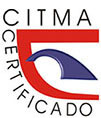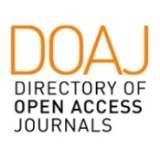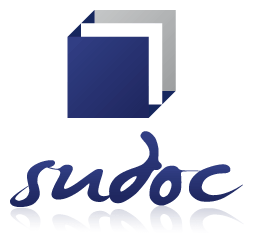Anti-plagiarism policy or misconduct allegations
Plagiarism detection and anti-plagiarism policy
The Editorial Board verifies through Google, Google Scholar, Plagiarisma, Editpad and Plagiarism the originality of the articles. Islands allows up to 5% similarity to consider the manuscript as original.
By virtue of the moral right of every author or collective of authors on the conclusiveness or not of their work, and by the nature of the way in which scientific knowledge is produced gradually and systematically, Islas allows an article to contain up to 20% of content present in another previous publication of the same author or collective of authors, which constitute partial results or advances within the same area of knowledge.
If the document has a low percentage of similarity, the authors of the article will be notified and will be sent a test (software report) with the sentences in which plagiarism or coincidence was detected, so that they can be attended to and the updated document will be resubmitted to the journal.
If the document has a high percentage of similarity, the authors of the plagiarized article will be notified, a proof (software report) will be sent, and feedback will be requested.
Multiple publications: Authors should not publish two or more manuscripts that describe the same research in the same manner, either in other languages or in more than one journal. This will be considered self-plagiarism.
In case the authors are found guilty of plagiarism, the journal will officially publish the retracted article.Manuscripts with such ethical problems will be rejected, and the author (or collective of authors) will be penalized with a period of 5 calendar year without the right to submit texts for evaluation in this journal.
In case of suspicion or detection of misconduct such as: manipulation of citations, falsification/fabrication of data or non-compliance with any of the good ethical practices established by the journal and the Committee on Publication Ethics (COPE), the journal will proceed according to the COPE Flowcharts for each case.


















